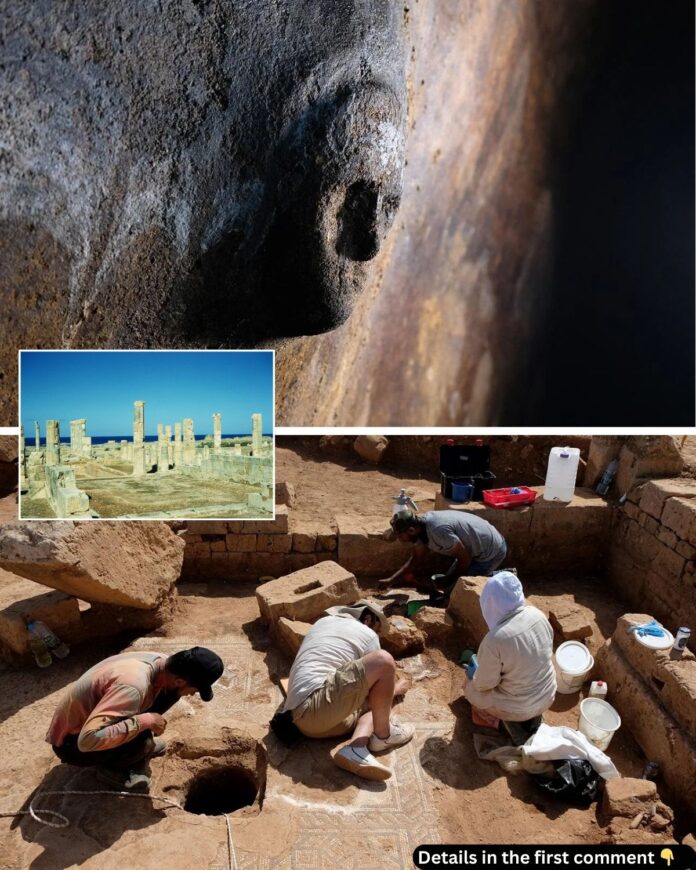Nestled on the Mediterranean coast of Libya lies the ancient city of Ptolemais, a once-thriving hub of Hellenistic and Roman civilization. Founded in the 3rd century BCE, this forgotten jewel has slowly been re-emerging, offering remarkable insights into the cultural and architectural brilliance of antiquity. Recent excavations led by the University of Warsaw have unearthed extraordinary finds, including a mysterious mask embedded in a cistern, adding an enigmatic chapter to Ptolemais’ illustrious history.
Historical Background of Ptolemais
Ptolemais was established in the 3rd century BCE by Ptolemy III Euergetes, during the rule of the Ptolemaic dynasty in Egypt. Initially a fortified settlement, the city flourished as a key port town connecting Cyrenaica to the Mediterranean trade routes. Under Roman rule, it evolved into the capital of Libya Superior, showcasing a blend of Hellenistic and Roman architectural ingenuity. Ptolemais remained a prosperous center until the Arab conquest in the 7th century CE, marking the end of its prominence.
The city’s strategic location and cultural vibrancy made it a melting pot of Greek, Roman, and local Libyan traditions. Over centuries, Ptolemais stood as a testament to the resilience of human ingenuity, even as it weathered natural disasters and political upheaval.
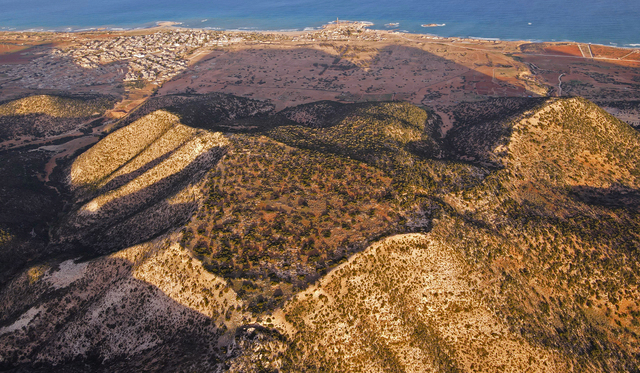
Video
Archaeologists were stunned by a face found in an ancient Libyan cistern – watch the video to uncover the mystery and significance behind this remarkable discovery!
The Archaeological Mission
The rediscovery of Ptolemais began in 2001 with an ambitious archaeological mission led by the University of Warsaw. For a decade, researchers mapped the city’s grid, uncovering structures like the House of Leukaktios, known for its vibrant painted walls and mosaic floors. However, political instability and the Libyan civil war brought excavations to a halt in 2011.
When the mission resumed in 2023, the team found the site largely undamaged, though invasive vegetation had taken its toll on some structures. Modern technologies, such as geophysical scans and 3D modeling, enabled the team to identify hidden architectural layers, reigniting the quest to uncover the secrets of Ptolemais.
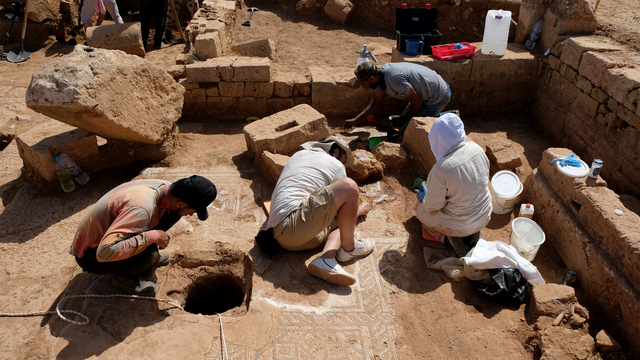
Key Discoveries of the 2024 Season
Among the most significant finds during the latest excavations was the residence of a high-ranking dignitary. This villa featured a central peristyle courtyard, surrounded by functional spaces such as a kitchen, a staircase to the upper floor, and a room adorned with intricate mosaics. The mosaic floor, which had undergone several repairs, highlighted the importance and longevity of the property.
The house also boasted an advanced water management system, with a peristyle pool (impluvium) designed to collect rainwater, which was then funneled into two underground cisterns. Such ingenuity underscores the sophistication of Roman-era engineering.
Three stone containers near the entrance suggested the villa’s adaptation to late Roman practices. These containers were likely used for storing tributes or taxes in kind, reflecting the changing social and economic dynamics of the time.
The Mysterious Hydraulic Mask
The most intriguing find of the season was a human face modeled in hydraulic mortar, embedded in the walls of one of the cisterns. The mask’s anonymity and lack of identifiable attributes have puzzled archaeologists, sparking a range of interpretations.
Some researchers speculate that the mask could be linked to local Libyan traditions, drawing parallels with carved faces found in the Slonta sanctuary south of Cyrene. This theory suggests that the residence’s owner or the artisans involved in the mask’s creation may have had Libyan roots. Such a connection highlights the multicultural fabric of Ptolemais, where Greek, Roman, and Libyan influences intertwined.
Despite its ambiguity, the mask adds a fascinating layer to the narrative of Ptolemais, serving as a reminder of the city’s rich and diverse heritage.
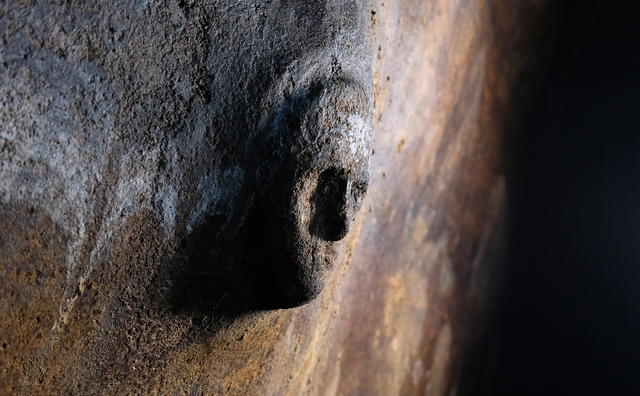
Insights from the Acropolis
Beyond the residential discoveries, archaeologists have focused on the acropolis, a strategic site perched 285 meters above sea level. Encircled by robust walls and defensive towers, the acropolis served both military and civic purposes. Structures such as a theater on the northern slope and a hippodrome at its base underscore its multifunctional character.
The water management system within the acropolis was particularly advanced, featuring cisterns and wells that ensured a steady supply of drinking water. Modern non-invasive techniques, including orthophotographic mapping, have revealed traces of residential, defensive, and possibly religious buildings, shedding light on urban planning in this elevated enclave.
The Multicultural Fabric of Ptolemais
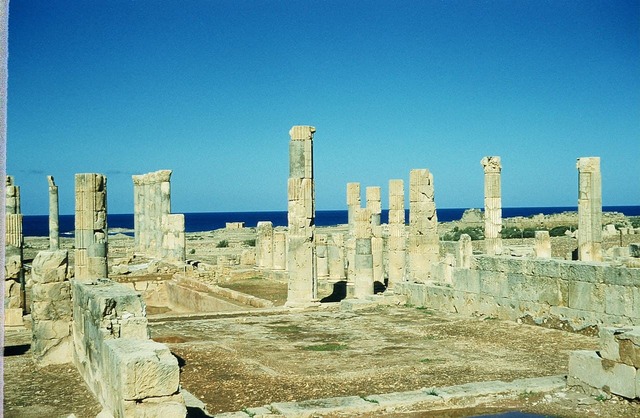
Ptolemais was not merely a Greek or Roman city; it was a cultural mosaic that absorbed and reflected the traditions of its diverse inhabitants. The city’s architecture, social practices, and even enigmatic artifacts like the hydraulic mask speak to the coexistence and assimilation of various cultures.
Epigraphic evidence suggests that Libyan elites began integrating into Greek cities in Cyrenaica as early as the 1st century BCE. By the Roman period, this assimilation had transformed Ptolemais into a vibrant hub where different cultural threads were woven into a unique tapestry.
Importance of Ptolemais in the Modern Context
The ongoing excavations at Ptolemais not only enrich our understanding of ancient urban planning but also underscore the resilience of human creativity. The city’s advanced water management systems, architectural innovations, and multicultural influences offer valuable lessons for contemporary society.
Moreover, the collaborative efforts between international researchers and the application of cutting-edge technologies highlight the importance of preserving and studying ancient sites. Ptolemais stands as a testament to the enduring legacy of ancient civilizations and their relevance to modern challenges.
Video
You won’t believe what’s buried beneath the Sahara – watch the video to explore hidden, lost ancient civilizations and the secrets they hold!
Conclusion
The rediscovery of Ptolemais is a journey into the past, revealing the ingenuity and cultural richness of an ancient city that once thrived on Libya’s Mediterranean coast. From the mysterious hydraulic mask to the advanced engineering of its cisterns and the strategic brilliance of its acropolis, Ptolemais offers a captivating glimpse into a bygone era.
As archaeological efforts continue, Ptolemais promises to unveil even more secrets, enriching our understanding of ancient civilizations and inspiring future generations to appreciate the intricate tapestry of human history.
